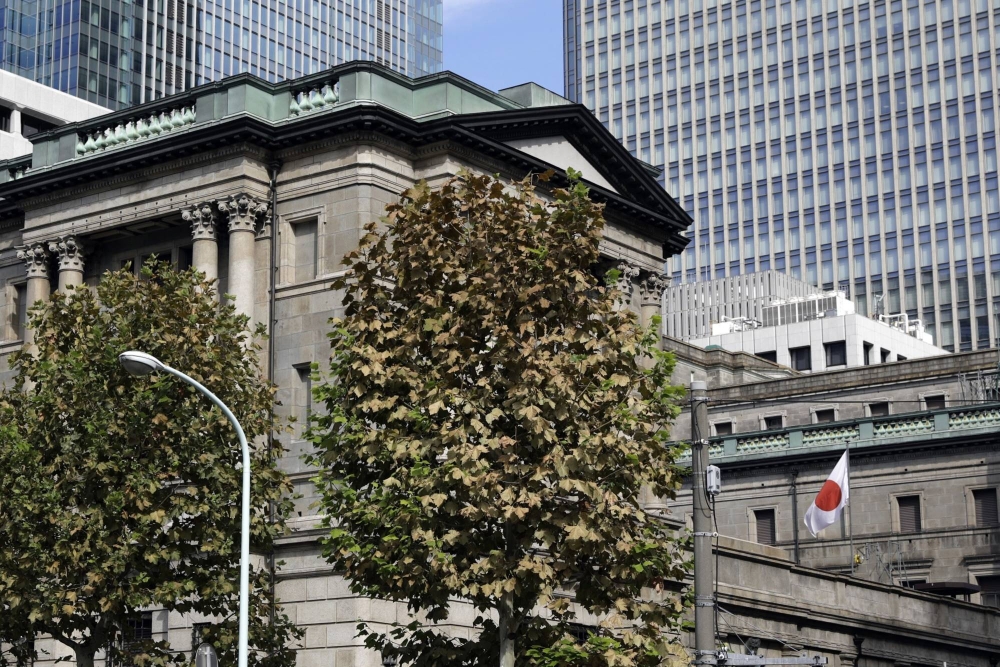Japan’s decision to jettison negative interest rates is rich in symbolism. Deflation, which dogged the economy for a generation, has been dispatched. Workers are finally enjoying meaningful wage increases. Policymakers are no longer required to be defensive when they explain their country’s outlook. After a few false dawns, the nation has climbed out the hole it fell into after the property industry collapsed three decades ago. You might even think this marks the end of a certain exceptionalism.
The substance of the steps — Japan also did away with formally controlling long-term bond yields — warrants less champagne. The increase in the main rate is minuscule by the global standards of central banking: from minus 0.1%, where it has stood since 2016, to around zero. By the time the Bank of Japan got around to abolishing it on Tuesday, the sub-zero rate applied to a minute slice of real-life lending. Caveats abounded.
This is not the start of a hiking cycle along the lines of that undertaken by the Federal Reserve, the Bank of England, the Bank of Korea and the reserve banks of Australia and New Zealand, though some comments by Gov. Kazuo Ueda and lieutenants will be portrayed as hawkish. They will likely flinch at such a description, with justification. The BOJ has avoided giving much indication that hikes, plural, are on the agenda in coming months. Indeed, the central bank confirmed this stance in a follow-up statement, pledging that “accommodative financial conditions will be maintained for the time being” given the outlook for the economy and prices. Just to get this shift bedded down without the controversy that beset tightening in 2000 and 2007 will be victory enough.

